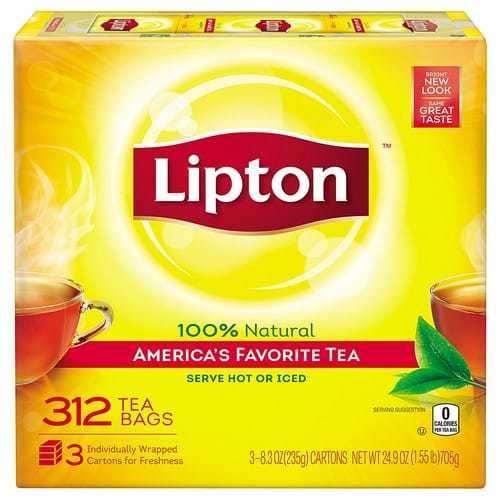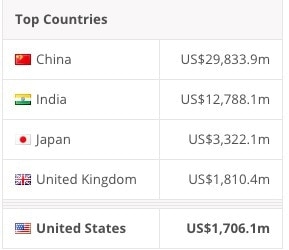Lipton is a tea brand from the house of Unilever. It has a variety of brands under the umbrella branding of lipton such as Lipton Iced tea, Lipton Brisk, Lipton yellow label etc. Each of these individual brands offer a different type of product.
Table of Contents
Here is the SWOT analysis of Lipton
Widest known tea brands – Lipton is one of the widest known tea brands in the world. It is unique in terms of the variety of tea it has and it has experimented with different variants, several of which have been a hit.
Green tea has good adoption rate – Because of health awareness and the benefits of green tea being publicized widely, green tea has an excellent adoption rate across countries. At the same time, Lipton is one of the most famous brands for green tea. Thus, this change in mentality benefits Lipton Green tea.
Fantastic distribution – Lipton has a fantastic distribution across Europe, US, parts of Asia, North America, Africa and middle east. It is present in close to 150 countries and rising every year.
Iced tea in Partnership with Pepsico – Lipton is famous for its iced tea which is the first of its kind ready to drink tea packaged and marketed like cold drinks. Because it is a tea and not a carbonated beverage, the assumed disadvantages are far lesser and hence it takes a small market share away from carbonated beverages by giving them indirect competition.
Loved taste – Lipton has a variety of brands and the Lipton yellow label is loved across many countries. Similarly its iced tea and green tea has great adoption and the taste is loved across the world.
Good Marketing – Lipton has always taken part in good marketing campaigns which target freshness from drinking their tea. Being from the house of Unilever, Lipton has the right marketing agencies backing up the marketing communications for the brand.
Weaknesses in the SWOT analysis of Lipton
Low market share in high tea drinking countries – As can be seen form the chart image below, China, India and Japan are the top three tea drinking nations of the world. In all these 3, Lipton does not have the majority market share although it has a healthy market share in these countries.
Substitutes – Green tea has its own substitutes which is home made soups or other health beverages. Same goes for normal tea which has the biggest substitute – Coffee or milk. If Lipton tea is unavailable, it can be easily substituted with something else.
Opportunities in the SWOT analysis of Lipton
Focus on Tea drinking Countries – A higher focus with the right marketing campaigns running in the top 3 tea drinking nations will benefit the brand a lot. Therefore besides the countries it is already present in, Lipton needs to concentrate on China, India and Japan.
Explore Coffee – Why not take over some of its substitutes market share. The strongest indirect competitor of Lipton can be Nescafe which is known for its coffee. Lipton can thus foray in the coffee segment as well and try out the market acceptance that it gets for the brand.
Rural penetration – The more the rural penetration, the higher is the turnover for the brand. Countries like China and India have a lot of rural areas which need to be conquered for the brand to sell in high amount.
Threats in the SWOT analysis of Lipton
Competition – Direct or indirect competition are both threats for Lipton. Direct competition comes in the form of Society tea or other such herbal tea concoctions which are loved by tea drinkers. Indirect competition comes in the form of Coffee, Beverages and other hot as well as cold drinks.
Government regulations on import and export – Tea requires specific environmental factors for production and agriculture. Changing government regulations can affect the growing of tea or it can affect the import and export of tea from one country to another. This is always a threat to a brand like Lipton.
This was the SWOT analysis of Lipton. If you can think of any further points, please add them in the comments below.
Liked this post? Check out the complete series on SWOT


Dear Hitesh, I don’t know if you can help me, but I am looking for a consultant who can introduce a new tea bag concepts to the big players like Liptons.
We have developed manufacturing procedures whereby we can produce “squash and squeeze” tea bags of paper or Soilon, all shapes and are building a prototype machine .
There has been no substantial innovation in tea bags since the pyramid bag. This lack of innovation is surprising bearing in mind the competition in the industry. We believe our bag will have great attraction to tea drinkers. The satisfaction of knowing, feeling, and seeing all the essence in the bag is harvested. And a virtual dry bag ( no drips) to dispose of.
However the industry has an apparent aversion to dealing with outsiders. The ” not invented here” syndrome seems total, especially so with Unilever.
Would you like to learn more and do you think you could help.